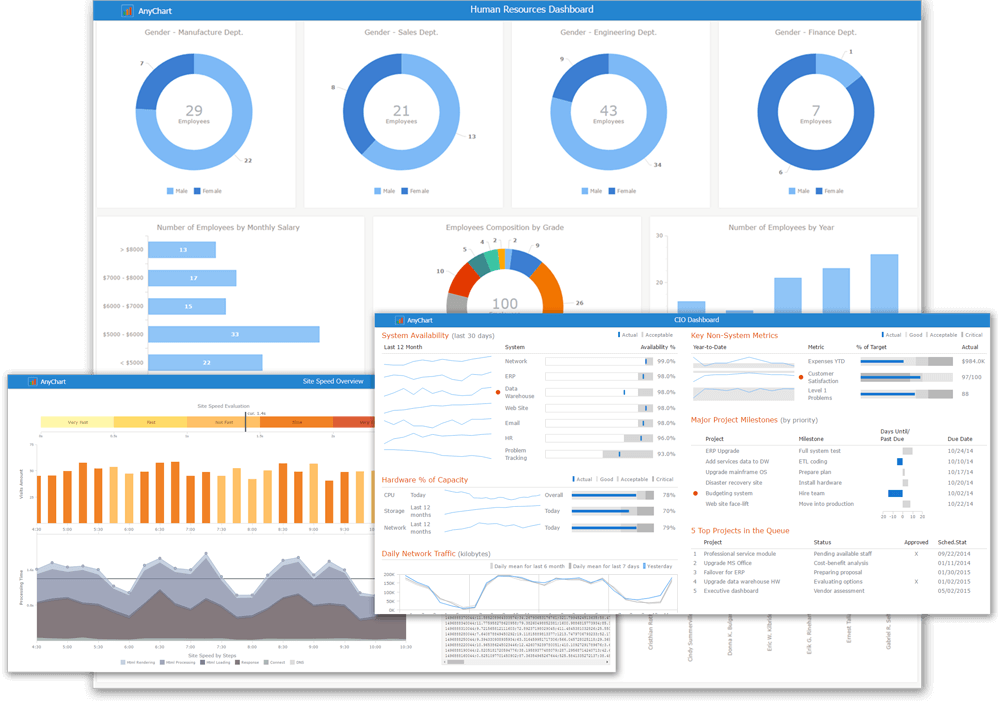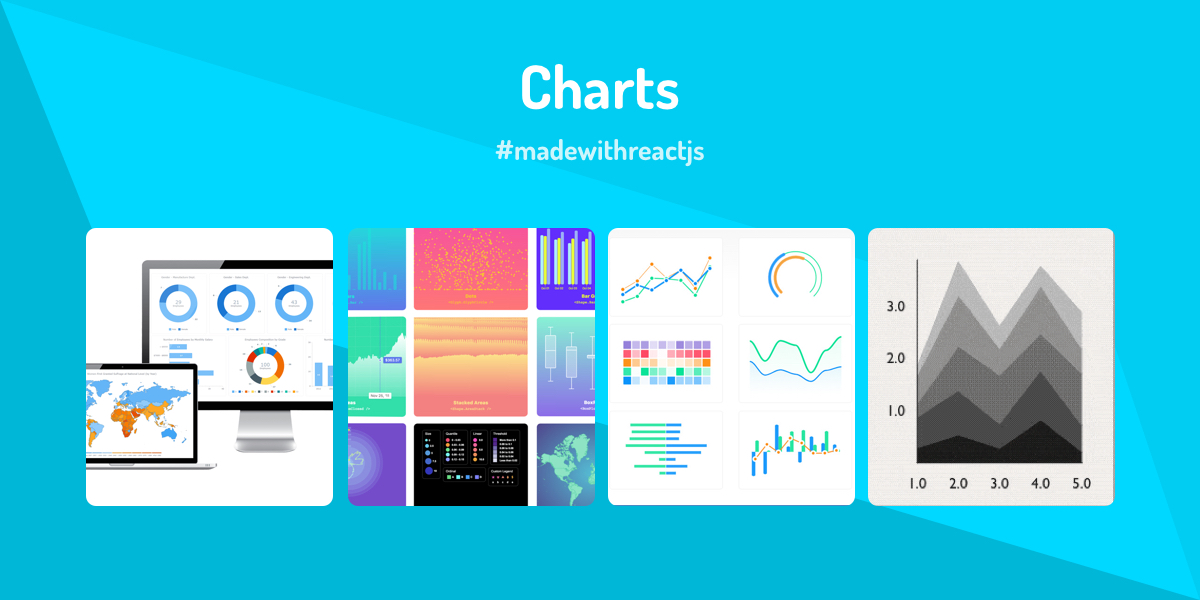
We set the fill color of the bars with the fill method for in response to various actions.Īlso, we can set the outline color in response to various actions with the stroke method: const data =, ,, ] const chart = lumn() const series = lumn(data) series.normal().stroke("#0066cc") series.hovered().stroke("#0066cc", 2) lected().stroke("#0066cc", 4) ntainer("container") chart.draw() Īnd the hatchFill method lets us add a hatched background to the columns: const data =, ,, ] const chart = lumn() const series = lumn(data) series.normal().hatchFill("forward-diagonal", "#0066cc", 1, 15) series.hovered().hatchFill("forward-diagonal", "#0066cc", 1, 15) lected().hatchFill("forward-diagonal", "#0066cc", 1, 15) ntainer("container") chart.draw() Conclusion We can set the fill color of the columns.įor instance, we can write: const data =, ,, ] const chart = lumn() const series = lumn(data) series.normal().fill("#0066cc") series.hovered().fill("#0066cc", 2) lected().fill("#0066cc", 4) ntainer("container") chart.draw()
Anychart react code#
The rest of the code is the same as the previous examples.

We can create a column chart by writing: const data =, ,, ] const chart = lumn() const series = lumn(data) ntainer("container") chart.draw() Ĭlumn takes the data for the chart. We call anychart.bullet to create the chart.Ĭhart.range has the value range for the chart.Ĭhart.layout has the orientation of the bar.

Then we can create the chart by writing: const chart = anychart.bullet() chart.range().from(0).to(750) chart.layout('vertical') ntainer("container") chart.draw() We need to add a library for creating the bullet chart via the 2nd script tag. To create a bullet chart, we write the following HTML: The first value of each entry is the x-axis value.Ĭhart.bubble takes the data we’re rendering.Ĭhart.xAxis().title sets the x-axis label.Ĭhart.yAxis().title sets the y-axis label.Ĭntainer sets the ID of the container element to render the chart in. The div is the container for rendering the chart.Īnychart.cartesian lets us create a chart.

The script tag is for adding the Anychart library. Then we can write the following JavaScript code: const chart = anychart.cartesian() const data =, ,, ,, ] chart.bubble(data) chart.title("Bubble Chart") chart.xAxis().title("Years") chart.yAxis().title("Sales") ntainer("container") chart.draw() We can create bubble charts easily with Anychart.įor instance, we can write the following HTML:
Anychart react how to#
In this article, we’ll look at how to create basic charts with Anychart. Anychart is an easy to use library that lets us add chart into our JavaScript web app.


 0 kommentar(er)
0 kommentar(er)
